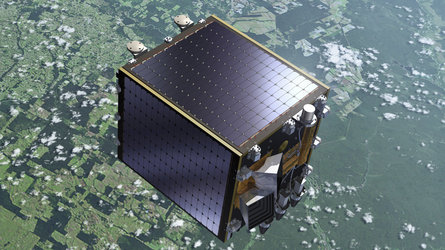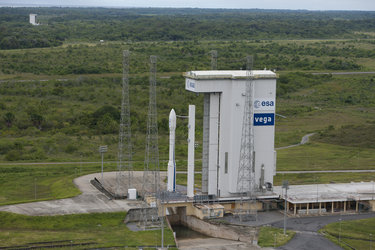Meet the Proba-V team: Davy Vrancken, QinetiQ Space Project Manager
QinetiQ Space in Belgium is serving as prime contractor for the Proba-V mission, as it did for the previous Proba missions, and it has taken four hard-working years to get the minisatellite to this point. In that time the company’s Proba-V team has been led by Davy Vrancken.
What is your role in Proba-V?
As QinetiQ Space’s project manager, I have the end responsibility for the technical and financial results of the project. I lead the development team through their day-to-day work and I am the main interface with the ESA project team and the subcontractors.
How important have the Probas been to QinetiQ Space?
Very important, because they have allowed the company to build up and extend the capabilities as prime contractor for small missions. The expertise that has been gathered in the last 15 years will also allow QinetiQ Space to develop small satellite missions on a commercial basis.
How does Proba-V differ from the previous Probas?
The main difference between Proba-V and the first two Proba missions is twofold. First, the Proba-V mission was developed as an operational mission from the start, while Proba-1 and-2 were initially technology demonstration missions, which were later transformed into an operational Earth observation mission in the case of Proba-1, then a science mission in the case of Proba-2.
Second, there is the fact that QinetiQ Space has taken full responsibility for the flight segment, including the payload. This has allowed us to really build up our end-to-end mission capabilities.
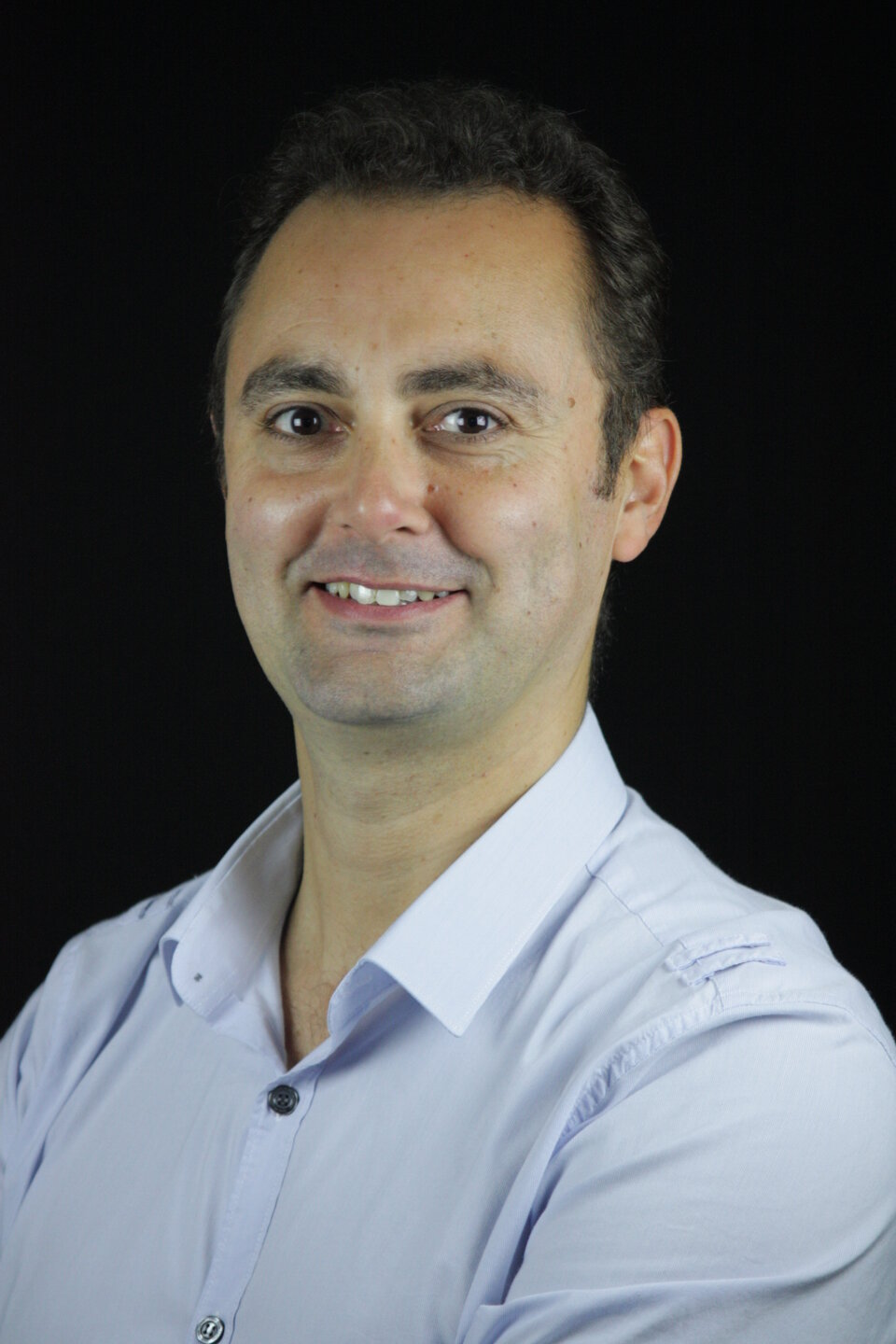
Proba-V has an unusually strict deadline to get into orbit – what difference has that made?
The very tight schedule has put a lot of pressure on the development, both in QinetiQ Space and in OIP Sensor Systems, who were responsible for the payload development. This pressure has forced the team to optimise the development process and to take pragmatic decisions where necessary. I’m sure that the lessons learned from this optimisation process will help us in future projects.
How did you first get into the space business?
I studied Aerospace Engineering at the Technical University in Delft in the Netherlands and was keen to start a career in the space business. QinetiQ Space (at that time still called Verhaert Space) gave me the opportunity to start as a structural engineer on Proba-1. After that, I managed a number of projects for human spaceflight and space mechanisms. In 2009 I went back to my roots and took the position of project manager of Proba-V.
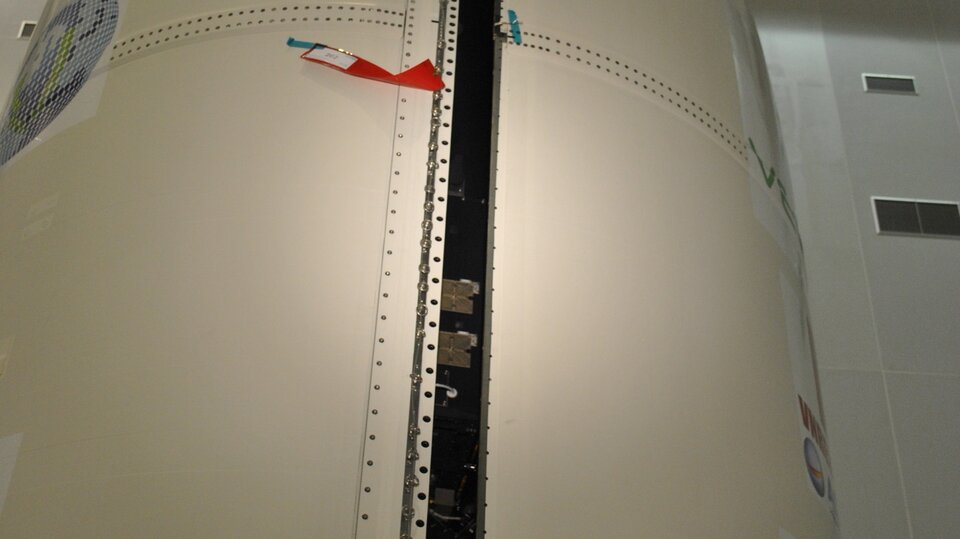
How did you feel when it came to seeing the satellite for the final time, closed up in its fairing?
I looked at it with mixed feelings, I guess. On one hand, excited that the launch is nearing and we will finally operate the satellite in orbit. On the other hand, it was a bit of a farewell to our ‘baby’ which we have been taking care for the last four years.
Where will you be during launch? Do you get to see it with your own eyes?
I will be in the Jupiter 2 mission control centre in Kourou. Most probably I will only see the launch on the big screen.
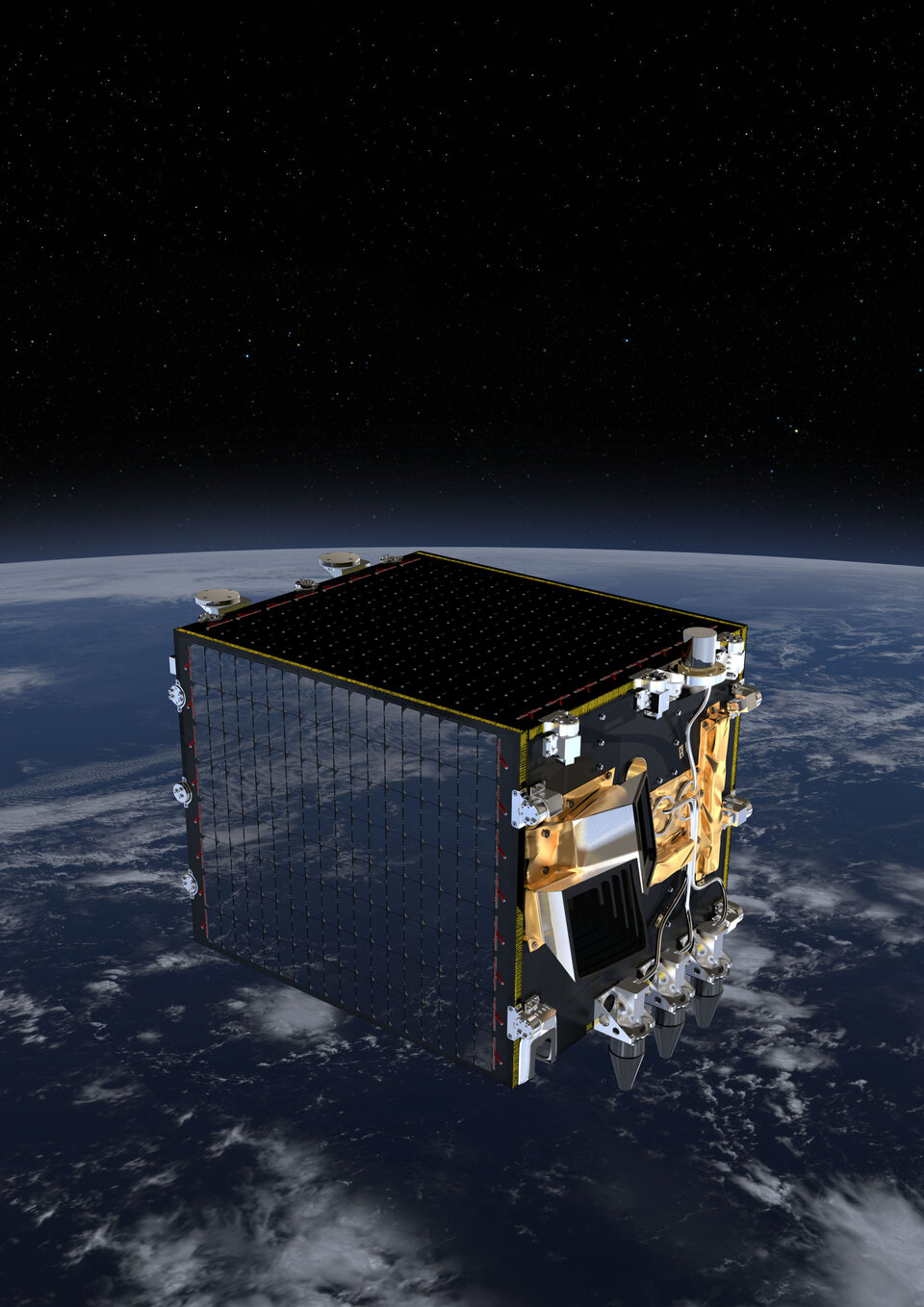
What happens next for you and your team?
The QinetiQ operations team will indeed start immediately the Launch and Early Operations Phase (LEOP) – basically bringing the satellite to life – and then the commissioning phase of the mission. During LEOP, most team members will be observing the first telemetry retrieved in the mission control centre in Redu and will start the analysis of the in-orbit performance.
After LEOP, a three-month commissioning phase will validate the satellite and the payload in orbit. A three-month calibration campaign will complete the activities before handing over the satellite to ESA to start the satellite’s operational life.
What has been your biggest surprise, working in the space business?
The biggest surprise for me was certainly the wide variety of different disciplines that are needed to make a space mission a success.



